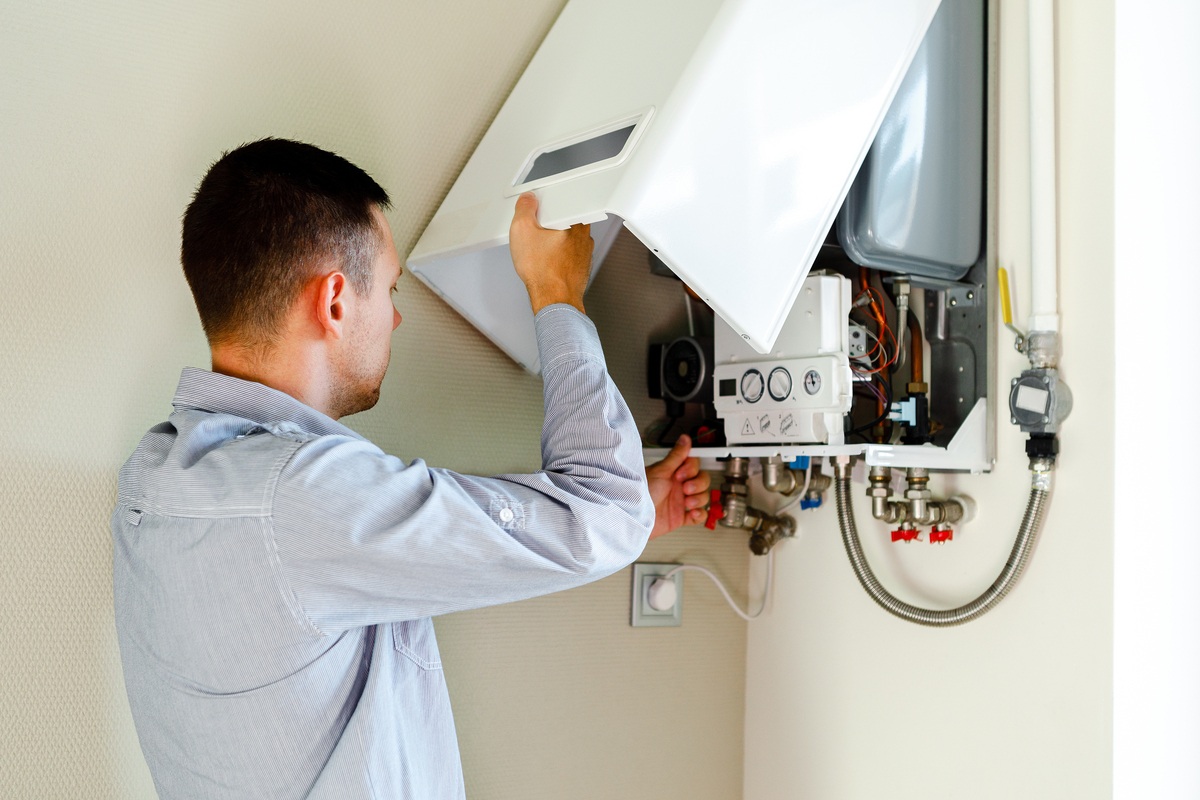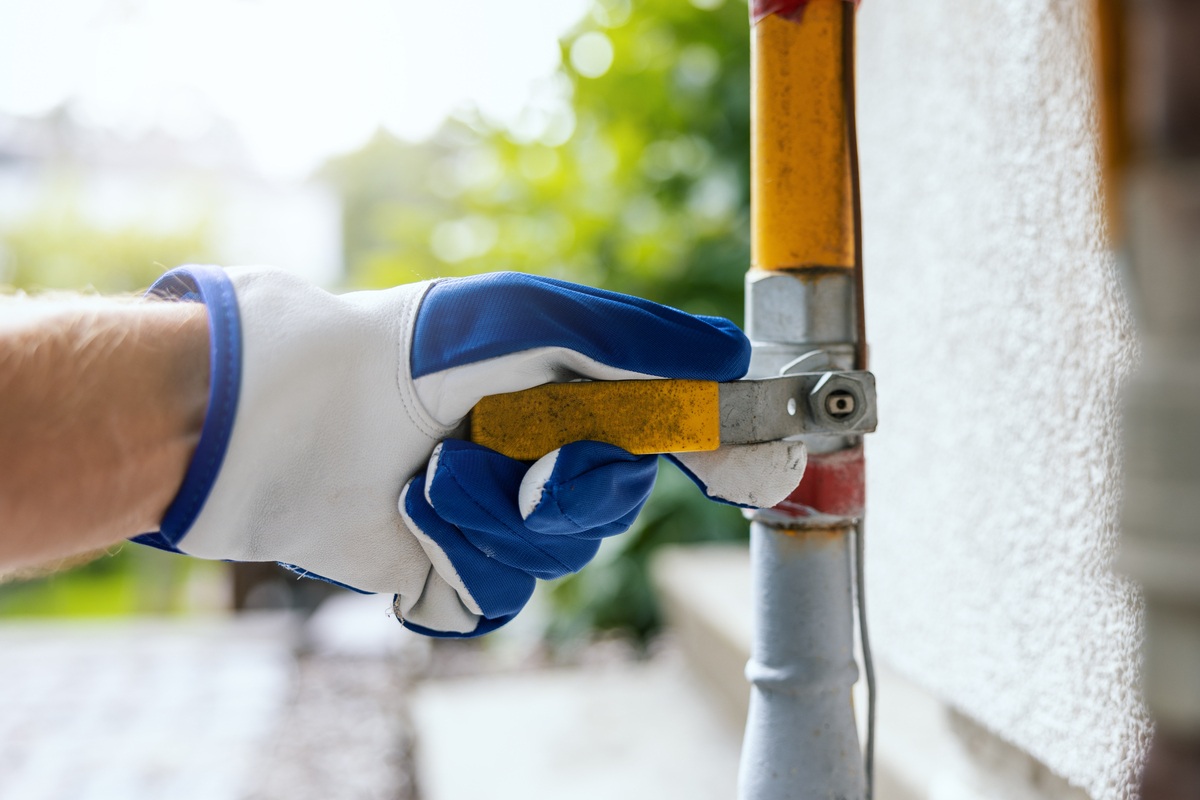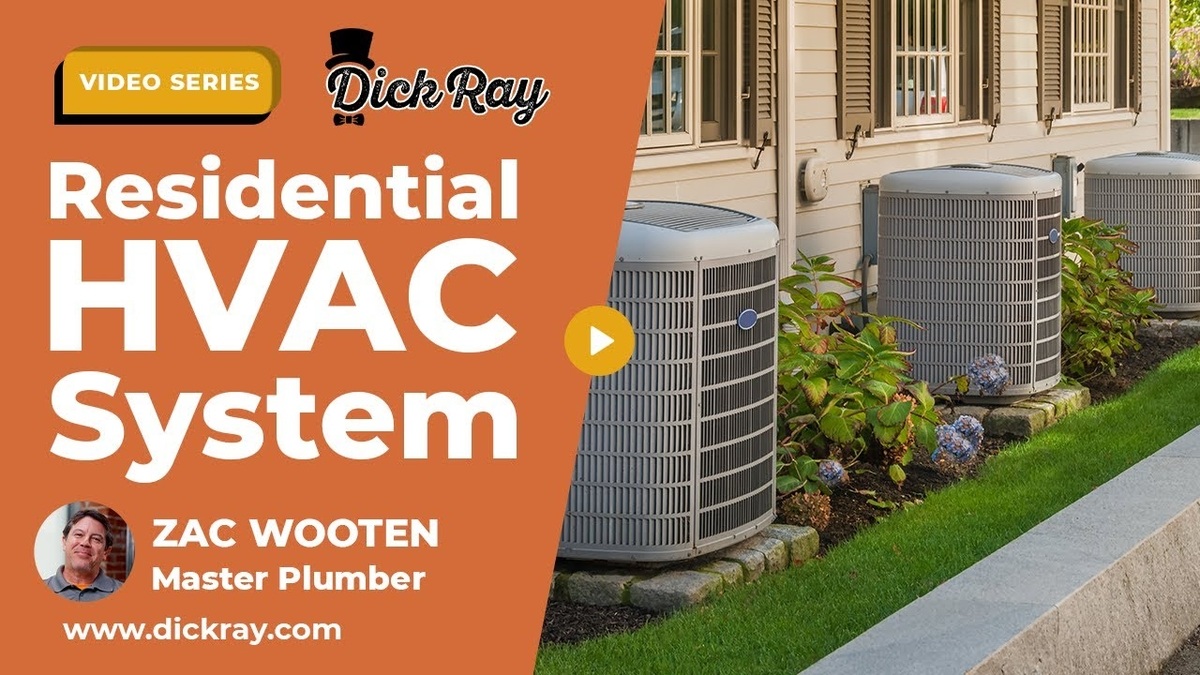Water pressure issues can disrupt your day and create frustration, especially when you’re trying to complete everyday tasks like washing dishes or taking a shower. We’ve worked with countless homeowners to fix these issues, and in this blog, we’ll explain the common causes of water pressure fluctuation and how to resolve them.
What is Water Pressure Fluctuation?
Water pressure fluctuation happens when the flow of water in your pipes changes unexpectedly, either increasing or decreasing. This can range from mild annoyances to signs of more severe plumbing problems. Identifying the underlying cause is essential for restoring a steady and reliable water supply.
Common Causes of Water Pressure Fluctuation
We’ve identified several frequent culprits behind water pressure issues. Let’s break them down:
1. High Incoming Water Pressure
By plumbing code, water entering your home should not exceed 80 PSI. If the pressure is higher—sometimes 100 PSI or more—it can cause major fluctuations and stress on your plumbing. The solution here is to install a pressure reducing valve (PRV) to regulate the pressure and ensure your home’s plumbing remains safe.
2. A Faulty Pressure Reducing Valve
If you already have a PRV, it may be malfunctioning. A clear sign of a failing PRV is when water pressure drops significantly as more fixtures are turned on. Here’s what it may look like:
- Turning on one faucet causes a slight drop in pressure.
- Turning on a second faucet leads to a dramatic decrease, with pressure dropping by 10 to 20 PSI or more.
This behavior suggests the PRV is no longer functioning as it should and likely needs replacement.
3. Blocked Faucet Aerators
When only one faucet is experiencing low pressure while others are fine, the problem could be a clogged aerator. This is the mesh screen at the tip of the faucet that can become blocked by sand, minerals, or other debris. To fix this:
- Remove the aerator.
- Rinse it to clear out any debris.
- Reattach it to the faucet.
If the pressure returns to normal, the issue is resolved.
Troubleshooting Hot and Cold Water Pressure
Sometimes, water pressure issues affect either hot or cold water specifically. Here’s how to tell:
- If cold water is fine but hot water is low, it could indicate a restriction in the faucet itself or the shut-off valve beneath the sink.
- If both hot and cold water are affected, the aerator might be the culprit. Removing and cleaning it should solve the problem.
Hard Water Buildup in Faucets
Hard water is another common cause of water pressure fluctuation. Over time, minerals in hard water accumulate inside faucets and pipes, restricting flow. Newer faucets are particularly vulnerable due to their smaller internal passageways, often less than a quarter-inch in diameter. Here’s what you need to know:
- As mineral deposits build up, water flow becomes increasingly restricted.
- Once these passageways are heavily clogged, cleaning them out is nearly impossible.
At this point, the best option is to replace the faucet entirely. To prevent future buildup, consider installing a water treatment system, which can reduce hard water deposits and extend the life of your plumbing fixtures.
How to Fix Water Pressure Fluctuation
If you’re experiencing water pressure issues, here’s a step-by-step guide to troubleshooting:
1. Check the Pressure Reducing Valve (PRV)
- Test your water pressure by turning on multiple fixtures.
- If pressure drops significantly with each additional faucet, the PRV may need replacement.
2. Inspect Faucet Aerators
- Remove the aerator from any affected faucet.
- Clean out any sand, scale, or debris, and reattach it.
3. Test Both Hot and Cold Water
- Determine if the issue is isolated to hot or cold water.
- Address potential restrictions in the faucet or shut-off valve as needed.
4. Address Hard Water Issues
- If hard water buildup is a recurring problem, invest in a water softener or filtration system to minimize future scale accumulation.
When to Call a Professional
While some water pressure issues can be resolved with simple DIY fixes, others require professional help. Call us if you notice:
- Persistent or widespread pressure drops.
- A malfunctioning PRV.
- Hard water buildup affecting multiple fixtures.
Our team at Dick Ray Plumbing has the tools and expertise to diagnose and fix water pressure problems efficiently, ensuring your home’s plumbing runs smoothly.
In Summary
Water pressure fluctuation can result from several causes, including high incoming pressure, a failing PRV, clogged faucet aerators, or hard water buildup. Resolving these issues promptly can prevent larger plumbing problems down the road.
If you’re experiencing water pressure problems or suspect a deeper plumbing issue, contact us today. We’ll provide expert solutions tailored to your needs.




